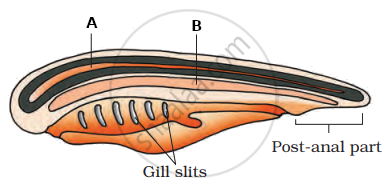Advertisements
Advertisements
प्रश्न
Could the number of eggs or young ones produced by an oviparous and viviparous mother be equal? Why?
उत्तर
- The number of eggs produced by an oviparous mother will be higher than the young ones produced by a viviparous mother. This is because, in oviparous animals, the development of young ones takes place outside the mother’s body.
- Their eggs are more susceptible to environmental conditions and predators. In order to make up for the loss, women therefore develop more eggs in the hopes that some will survive and give birth to offspring even in hostile environments.
- On the other hand, in viviparous organisms, the development of young ones takes place in safe conditions inside the body of the mother.
- They are less exposed to environmental conditions and predators. Therefore, there are more chances of their survival and hence, fewer young ones are produced compared to the number of eggs.
APPEARS IN
संबंधित प्रश्न
“All vertebrates are chordates but all chordates are not vertebrates.” Justify the statement.
How important is the presence of air bladder in Pisces?
What are the modifications that are observed in birds that help them fly?
The limbless amphibian is ______.
Four chambered heart is present in ______.
Which of the following is not correctly paired?
Which of the following is an egg laying mammal?
Pneumatic bones are seen in ______.
List the features that all vertebrates show at some point in their development.
List the functions of air bladder in fishes.
List the unique features of bird’s endoskeleton.
Which of the following is NOT a character of Chordata?
A and B are respectively represents?

Give the characteristic features of the following citing one example.
Urochordata and cephalochordata
Give three major differences between chordates and non-chordates and draw a schematic sketch of a chordate showing those features.
